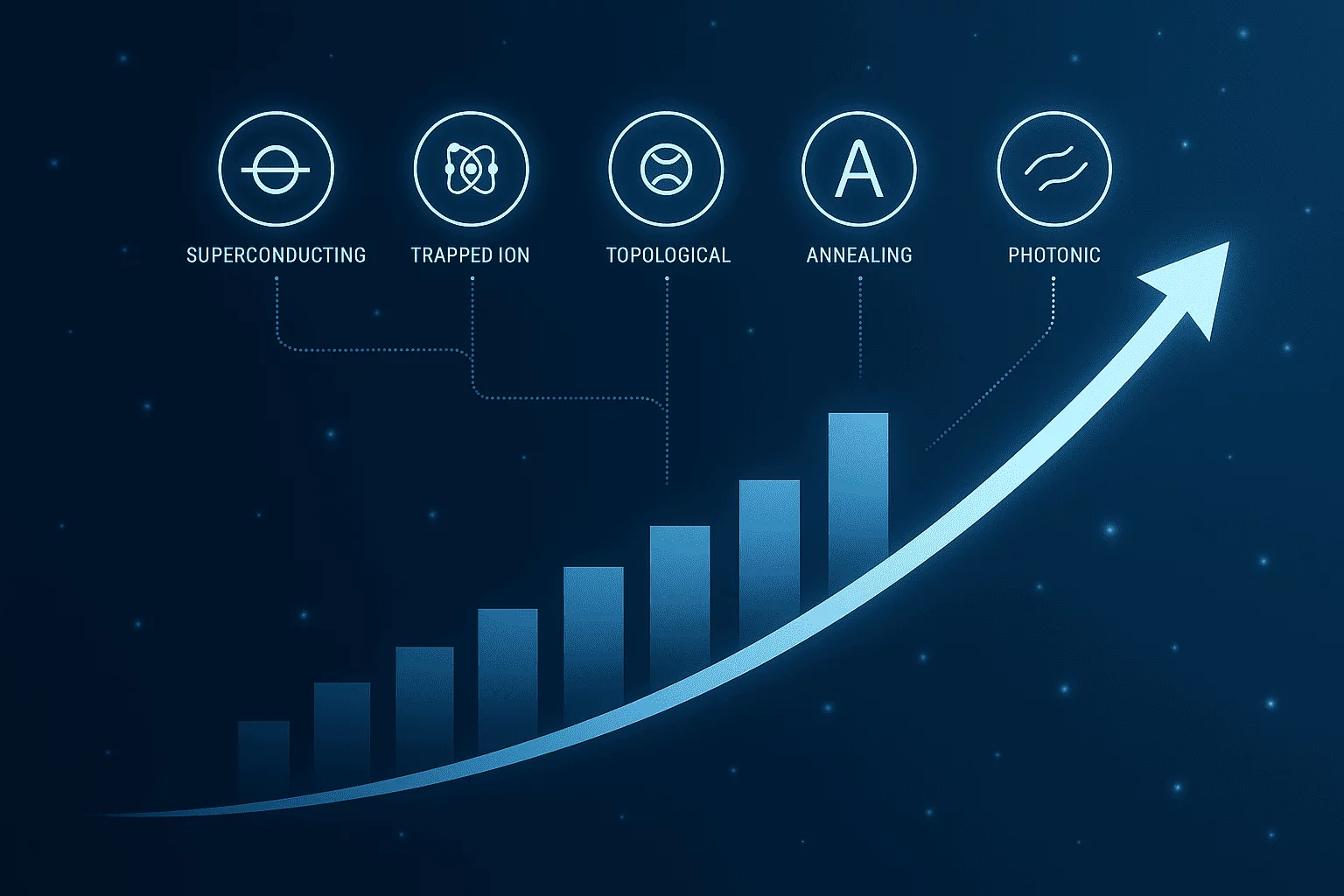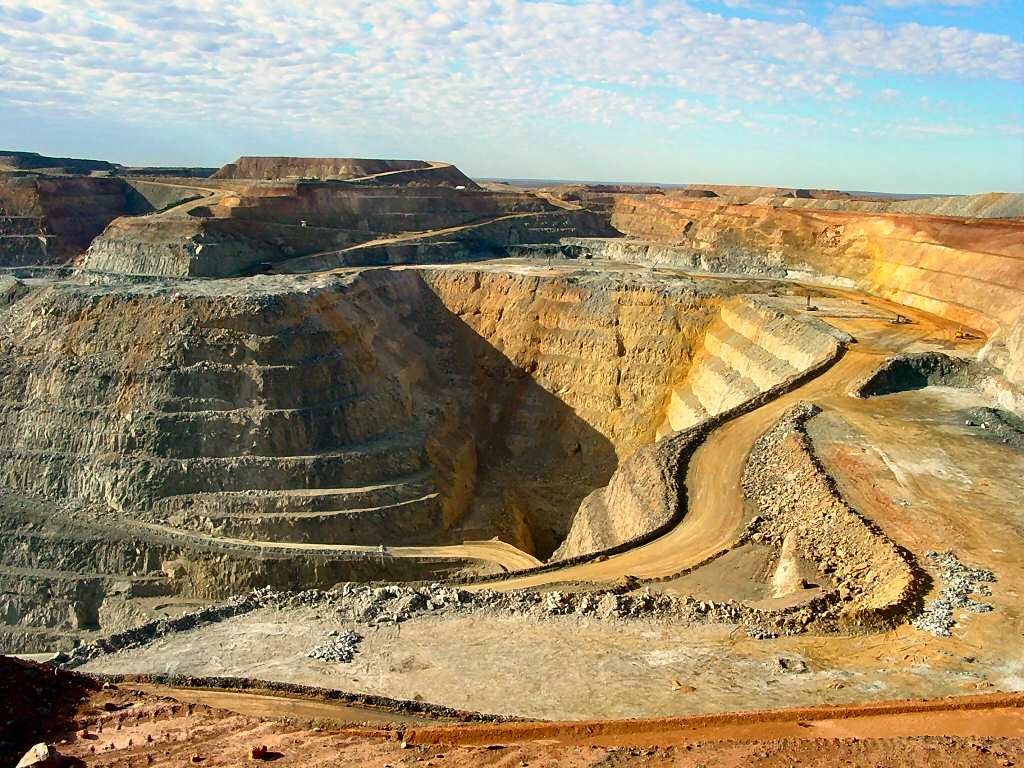It’s 2025, but it feels like 1947 in disguise. Just as the post-WWII world was split into Eastern and Western blocs under a heavy Iron Curtain, we’re now seeing the reemergence of divided spheres of influence—this time driven by economics rather than ideology. The growing rivalry between the United States and China, the reshaping of global trade routes, and the rise of “friend-shoring” and “de-risking” strategies have ushered in a new era of geoeconomic fragmentation. The buzzword in boardrooms and briefing rooms is no longer just globalization—it’s fracture. Explore How Geoeconomic Fragmentation Echoes the Cold War, U.S.–China decoupling, and friend-shoring signal a new Cold War-style global divide. Learn from history and discover today’s economic and human cost.
But what does this mean for the world’s poorest countries? How does this modern-day cold war reshape trade, development, and security? And are we learning from history—or doomed to repeat it?
This blog explores these urgent questions, drawing parallels between Cold War I and today’s emerging Cold War II. We’ll look at the human and economic toll of decoupling, analyze global development risks through case studies, and explore possible policy responses. Let’s begin by looking back—because to understand where we’re going, we must understand where we’ve been.
Cold War I: The First Great Economic Divide
When Winston Churchill coined the term Iron Curtain in 1946, it described more than just a political divide. It symbolized a hard border between two radically different economic worlds: capitalist markets led by the U.S. and socialist planning under the USSR.
The Cold War wasn’t just about nuclear arms—it was a trade war, a tech race, a battle over influence in newly decolonized nations. Eastern Bloc countries traded mostly within themselves, while Western nations formed the Bretton Woods institutions (IMF, World Bank) and increasingly opened their markets.
The cost of fragmentation then was clear:
- Reduced trade across blocs
- Duplicative technologies and standards
- Resource-rich countries like the Democratic Republic of Congo (then Zaire) were pulled between powers, often destabilized in the process
The 20th-century Cold War stunted development for dozens of nations caught in the middle—not aligned, not independent, not at peace.
Cold War II: The Rise of Geoeconomic Fragmentation
The U.S.–China rivalry has taken center stage, but it’s not just military or diplomatic—it’s deeply economic.
From semiconductor bans to competing digital infrastructures (like TikTok bans vs. the Belt and Road’s digital wing), the world is being asked to choose sides. But unlike in the Cold War, the global economy is vastly more interconnected now.
According to the World Bank’s Global Economic Prospects 2024, we are witnessing “the most significant reorientation of global trade in decades.” Here’s what that looks like:
Friend-Shoring & Near-Shoring:
The U.S. and EU are encouraging companies to source components from political allies rather than risk-prone regions. For example:
- U.S. semiconductor companies are shifting production from Taiwan to Arizona and Germany.
- Apple has accelerated its supplier diversification, with India and Vietnam now key players.
China’s Response:
China is also building self-reliance. The “dual circulation” policy launched in 2020 emphasizes:
- Domestic innovation
- Regional trade alliances like RCEP
- Currency de-dollarization efforts
The Numbers Speak:
- U.S.–China bilateral trade declined from $635 billion in 2018 to $575 billion in 2023
- China’s FDI inflow fell to $33 billion in 2023, the lowest in 30 years
- Meanwhile, Vietnam’s tech exports jumped over 10% last year, as it absorbs manufacturing relocated from China
The Human Cost: Who Pays for This Divide?
It’s not the superpowers who suffer most when economic blocs split—it’s the Global South.
According to the World Bank’s 2023 Development Report, full-scale global decoupling could reduce long-term global GDP by up to 7%—a figure that balloons to 12% for emerging economies. That’s trillions lost.
Consider these examples:
Mongolia: Fragility in the Crosswinds
Landlocked between Russia and China, Mongolia faces not just extreme weather (cold snaps have killed millions of livestock) but extreme vulnerability to regional decoupling. With 90% of its exports going to China, any trade disruption deeply impacts its economy. Development agencies now worry that climate shocks plus economic isolation could stall decades of progress.
The DRC: A Modern Cold War Pawn
The Democratic Republic of Congo holds 70% of the world’s cobalt—essential for electric vehicle batteries. The U.S. has launched initiatives to secure ethical supply chains, while China has doubled down on long-term mining contracts. As in the original Cold War, the DRC risks being valued for its resources more than its people.
Trade as a Weapon: Sanctions, Tariffs, and Trust
Another Cold War echo is the use of trade as leverage. In the past decade, sanctions have exploded as tools of statecraft.
- Over 12,000 sanctions were active globally in 2023, compared to just 3,000 in 2000 (Source: Castellum.AI).
- The U.S. has sanctioned over 9,000 entities, including key Chinese firms, while facing retaliatory export controls from Beijing.
While these tools aim to deter aggression or ensure compliance, their spillover effects—especially on developing countries tied into sanctioned economies—can be brutal. Take Iran, where humanitarian imports suffer due to over-compliance by international banks. Or Russia’s war, which disrupted global grain markets and spiked food insecurity in Africa.
Can We Learn from History?
The first Cold War eventually gave way to détente and globalization, which lifted over a billion people out of poverty. But that came only after decades of distrust, proxy wars, and missed development opportunities.
We now have tools that didn’t exist in 1950—data transparency, multilateral institutions, real-time monitoring. But we also have:
- Algorithm-driven misinformation
- Highly interdependent supply chains
- Nuclear states with cyber weapons
The key policy lesson is this:
Economic cooperation, not just military restraint, is essential to global peace and progress.
As the World Development Report 2025 is expected to emphasize, development cannot be an afterthought. Instead of forcing nations to choose sides, superpowers must support regional integration, open tech ecosystems, and climate-resilient infrastructure.
What Can Be Done: Policy Recommendations
- Rebuild Multilateral Trust: Reinvest in institutions like the WTO, which have lost clout but remain key for setting norms.
- Shield Development from Geopolitics: Ensure aid, food security, and climate funding are not hostage to bloc rivalries.
- Support Regional Hubs: Africa’s AfCFTA, ASEAN’s economic community, and Latin America’s Mercosur must be supported as independent engines—not just buffers.
- Decouple Strategically, Not Completely: Countries should diversify, not isolate. Risk reduction ≠ rivalry escalation.
Conclusion:
It’s tempting to declare we’re back in a new Cold War. The signs are there—decoupling, tech arms races, proxy conflicts in economic form.
But we still have a choice. The original Iron Curtain divided the world for nearly half a century. Let’s not allow economic fragmentation to repeat that mistake.
In the words of Mattias Knutsson, a strategic leader in global procurement and business development, “Supply chains must reflect not just resilience but shared responsibility. Our next generation deserves a world connected by purpose, not just politics.”
The lines may be redrawn, but the blueprint for shared prosperity still exists—if we choose to follow it.





